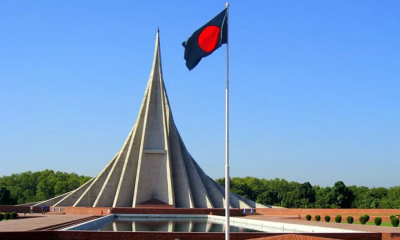Ongoing construction at Jahangirnagar University (JU) has led to the felling of hundreds of trees, sparking protests from students and faculty who claim the development is unplanned and harmful to the environment.
For the past five years, teachers and students have called for a master plan for campus construction. Despite their protests, the university authorities have initiated new building projects, which could lead to the cutting down of over 200 trees and the filling of a waterbody.
Protestors argue that their demands for a master plan have been ignored. They warn that continuing construction without proper planning threatens the university’s environment. The administration, however, asserts that the building site is low-lying land, not a waterbody, and that the construction will not harm the surrounding environment.
According to the University Planning and Development Office, the foundation stone for the expanded buildings was laid on March 10 near the Physics Building, with a six-storey structure planned at a cost of approximately Tk58 crore. This development led to immediate protests, including a human chain by students demanding a halt to construction until a master plan is established. Although construction paused briefly, it resumed during the Eid-ul-Fitr holidays with the contractor fencing off the site and beginning excavation.
The construction site is close to significant campus facilities, including a meteorological station, and the departments of Environmental Science, Geological Sciences, and Computer Science and Engineering. Agitating students cite the increasing global temperature and environmental degradation due to deforestation and unplanned urbanization as reasons to reconsider the construction.
In 2016, the administration planned to build the Institute of Information Technology on the same site but suspended the project following protests from various department heads, including a letter from Professor Farzana Islam, the then vice chancellor.
Alif Mahmud, president of one JU Chhatra Union faction, emphasized the site`s importance for biodiversity, noting its role as a habitat for migratory birds and various animals. "If you construct a building on the waterbody, you will have to face the adverse effects," he said, highlighting potential waterlogging issues.
Faculty members and students advocating for a master plan point out that the university recently constructed a lecture theatre capable of hosting 6,500 students across 65 classrooms, questioning the necessity of further buildings. The University Cultural Alliance, advocating for a master plan since 2019, criticized the administration for ignoring their demands and warned that the new buildings would turn JU into a "concrete city."
Lutfal Elahi, a history professor, expressed concerns about unplanned construction leading to environmental degradation and recent student clashes in overcrowded dormitories. Conversely, Professor Farid Ahmed, dean of the Faculty of Mathematics and Physics, reiterated that the site is low-lying land, not a waterbody, and would not affect the nearby weather station.
Project Director Nasir Uddin stated, "The policymakers of the university are considering the site as low land," while Vice Chancellor Dr. Md Nurul Alam noted that a building foundation was laid there in 1981 but was not completed due to budget constraints. He dismissed the notion that the site is a waterbody, attributing the presence of iron rods to previous construction efforts.
The ongoing debate highlights a significant conflict between development and environmental conservation at Jahangirnagar University, with both sides firmly holding their ground.


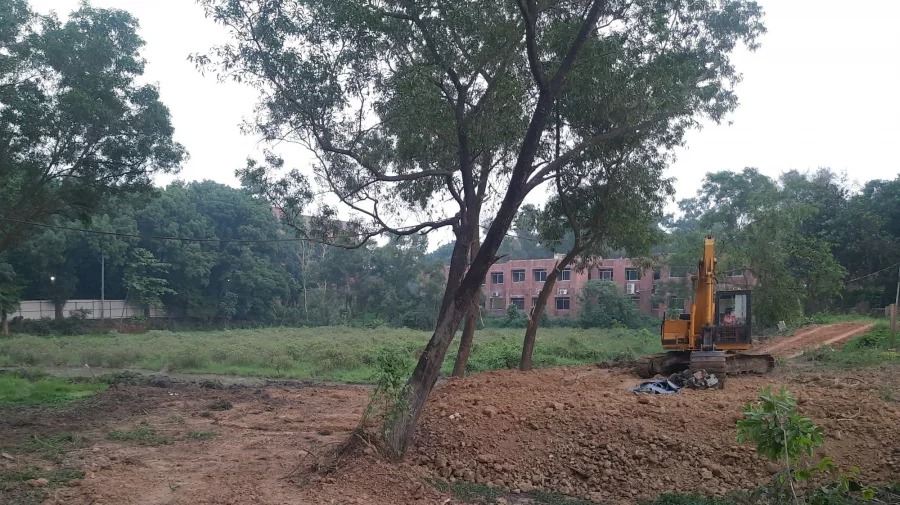



-20251216090625.jpeg)

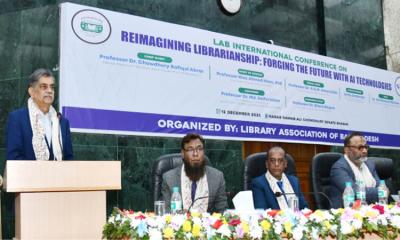


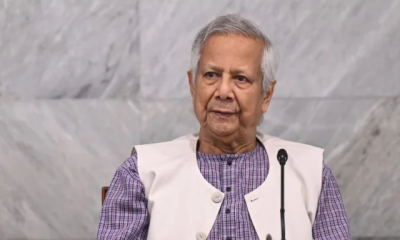

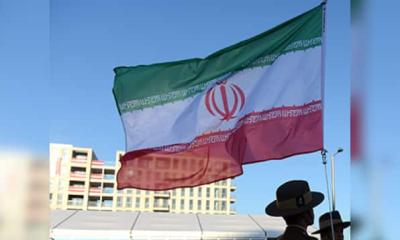
-20251220073333.jpeg)




-20251219122251.jpeg)





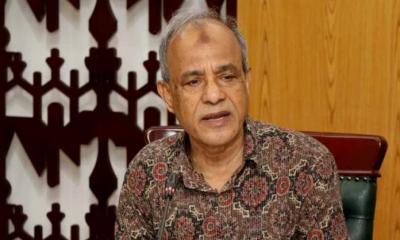




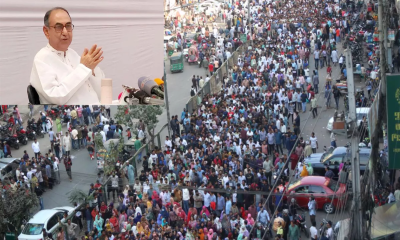

-20251218165258.jpeg)

-20251216054240.jpeg)
